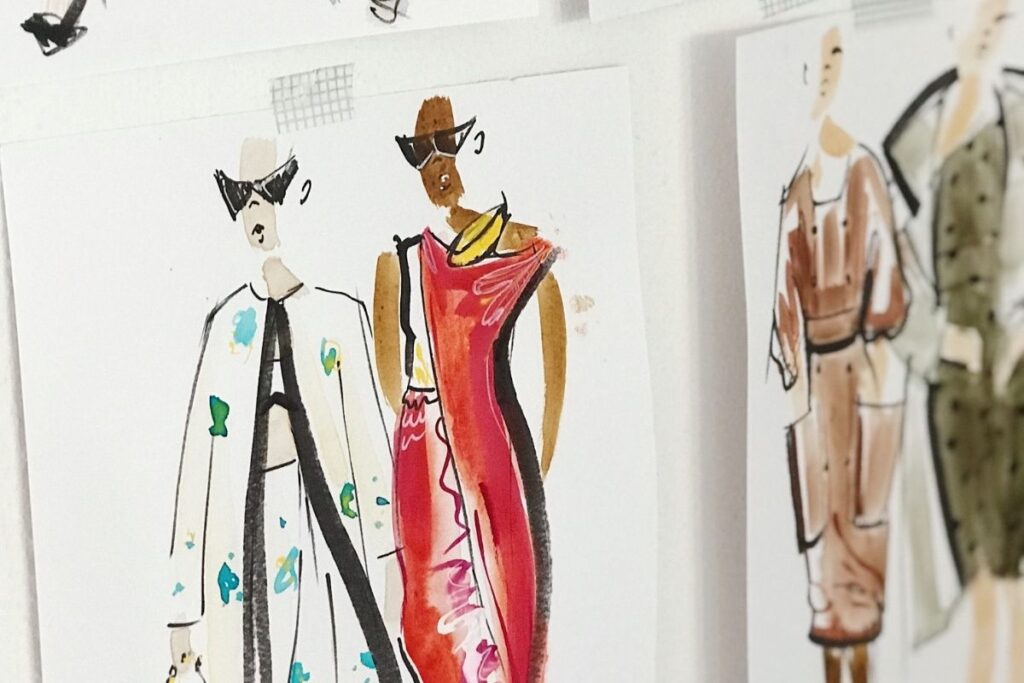[Please embed: https://pixabay.com/photos/rolls-of-fabric-factory-material-1767504/]
“When we’re referring to the production process, it means that you create specifications and tech packs,” explains Angela Gao. “They send it to the factories, and then they’ll follow the instructions to produce the samples in bulk.”
The tech pack, Angela explains, provides precision. “In a standard tech pack, on the left-hand side, you have something that’s called specs, or specification. And on the right, you have an image of the garment.”
The specs include the style numbers, brand, label, and fabrications you want to use. They also include points of measurement.
These specs will help you produce a sample size. Let’s say, for example, that your specs are for a medium. You can set an Excel formula to fill in the measurements for an extra small, extra large, and more. “Usually in this industry, a small size is two inches smaller than a medium size, and so on,” Angela explains.
Angela also points out that your specs should have a standard deviation. “That’s because even though we’re using machinery to stitch these garments, there are still human errors,” Angela says.
The factory can have a deviation of half and inch, a quarter of an inch, or an eighth of an inch in specific areas. However, Angela adds that you probably shouldn’t include standard deviations in a high-end collection, as these garments are made to measure.
After you’ve sent the tech packs and received your samples, the next step is preparing the garments for sale. That process involves a line sheet.
“You could think of a line sheet as a mini Excel spreadsheet,” says Angela. “You can have images of your garment at the top and detailed information, such as pricing, on the bottom. At the top, you can also have your company name, the season, and delivery dates.”
Depending on how many pieces you have in the collection, you might have as many as 10 to 20 pages of line sheets. From there, you can take the line sheet and prepare yourself for trade shows.








